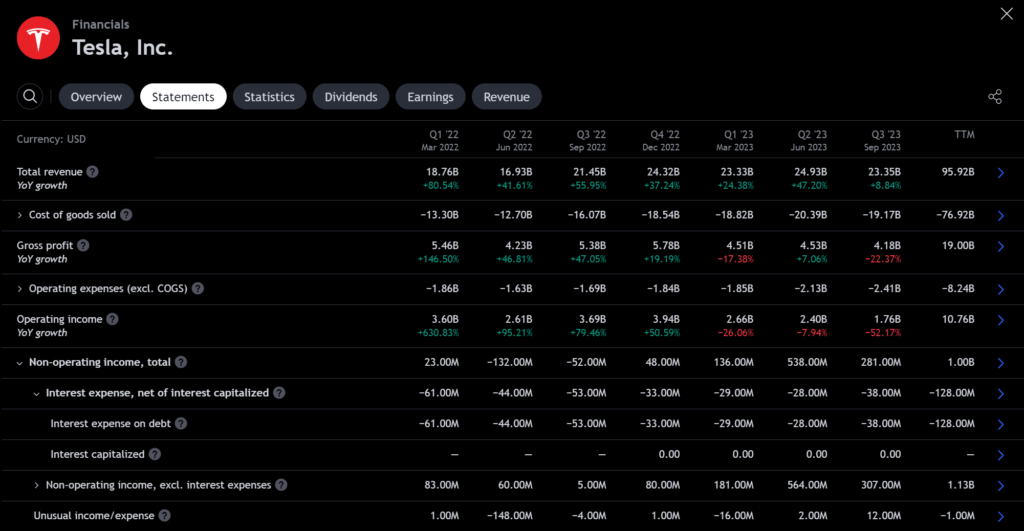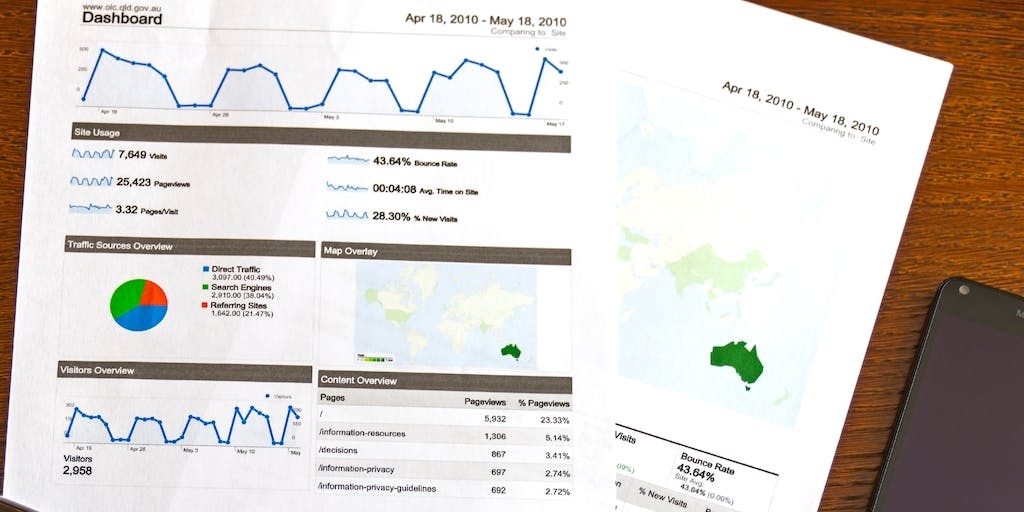Managing debt is a critical aspect of a company’s financial strategy, and investors keen on evaluating a company’s ability to meet its debt obligations often turn to financial ratios. One such ratio that plays a crucial role in assessing a company’s financial health is the Interest Coverage Ratio (ICR), also known as “Times Interest Earned.” In this post, we’ll delve into the significance of the this metric, its calculation, and its implications for investors.
What is the Interest Coverage Ratio?
It is a financial metric that helps determine how easily a company can pay the interest on its outstanding debt. It serves as a key indicator of a company’s financial risk, providing valuable insights into its ability to manage debt and withstand economic downturns.
Calculating the Interest Coverage Ratio: divide a company’s Earnings Before Interest and Taxes (EBIT) by its interest expense. The formula is as follows:

Alternatively, some variations of the formula use Earnings Before Interest, Taxes, Depreciation, and Amortization (EBITDA) instead of EBIT. This modification may be preferred in certain industries or by analysts who want to consider a broader measure of a company’s operating performance.
Significance of the Interest Coverage Ratio:
- Risk Measurement: The Interest Coverage Ratio serves as a crucial risk measurement tool. A higher ratio indicates that a company is more capable of meeting its interest obligations, suggesting lower financial risk.
- Performance During Economic Downturns: Companies with higher Interest Coverage Ratios are generally better positioned to weather economic downturns. These companies are more likely to outperform their counterparts with lower ratios during challenging economic conditions.
- Industry Comparison: It’s essential to note that ideal Interest Coverage Ratios may vary by industry or sector. Comparing a company’s ratio to industry benchmarks provides a more meaningful assessment of its financial health.
- Minimum Threshold: Some analysts believe that an Interest Coverage Ratio of three or better is a minimum threshold for a company to be considered financially healthy. Ratios below this threshold may signal potential financial distress.
- Warning Signs: An Interest Coverage Ratio less than one is a red flag, suggesting that a company may be unable to cover its interest expenses. This scenario implies a higher risk of default and financial instability.
This is a valuable metric for investors seeking to evaluate a company’s financial health and risk profile. By understanding a company’s ability to meet its interest obligations, investors can make more informed decisions, especially in the context of economic uncertainties. As with any financial metric, it’s crucial to consider the industry context and use the Interest Coverage Ratio in conjunction with other performance indicators for a comprehensive analysis of a company’s financial well-being.
Tesla 2023 Q3 Earnings Example
Let’s take a look at the following example based on Tesla’s 2023 Q3 Earnings Income Statement. Here, we can see a ratio of 46.32 which implies that Tesla is in a strong position to cover it’s debt obligations.

Operating Income (EBIT) = $1.76 billion / Interest Expense = $38 million






